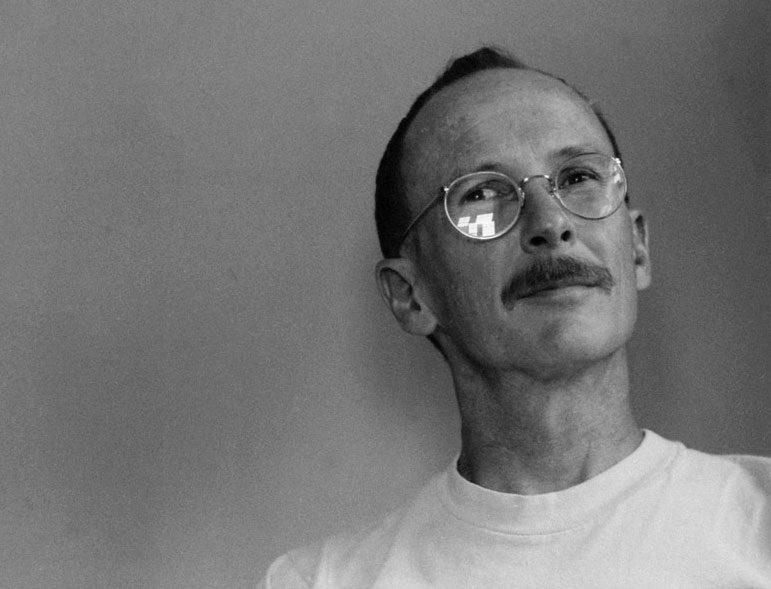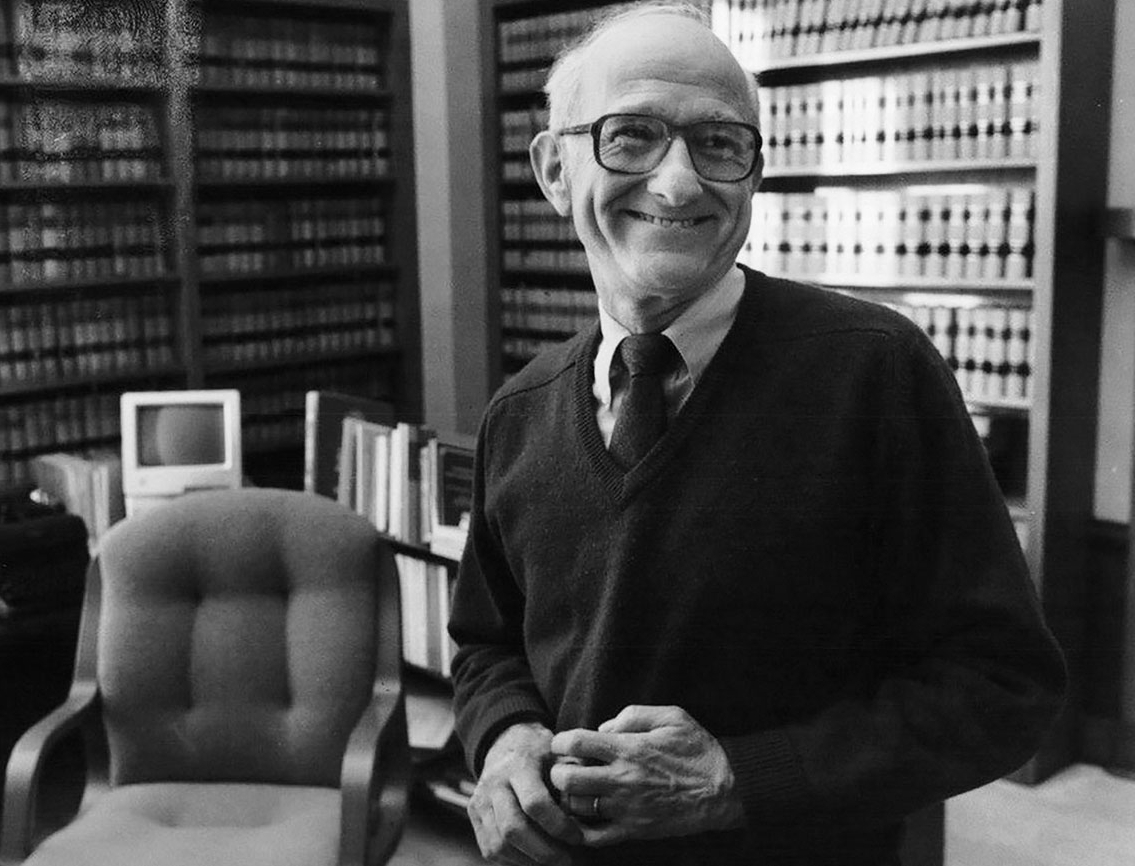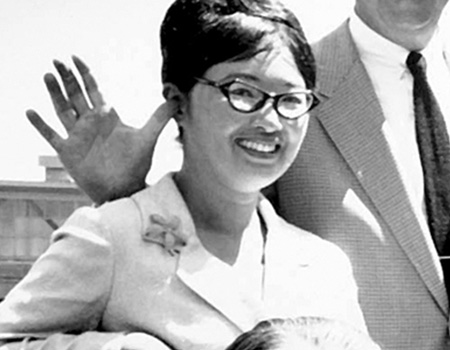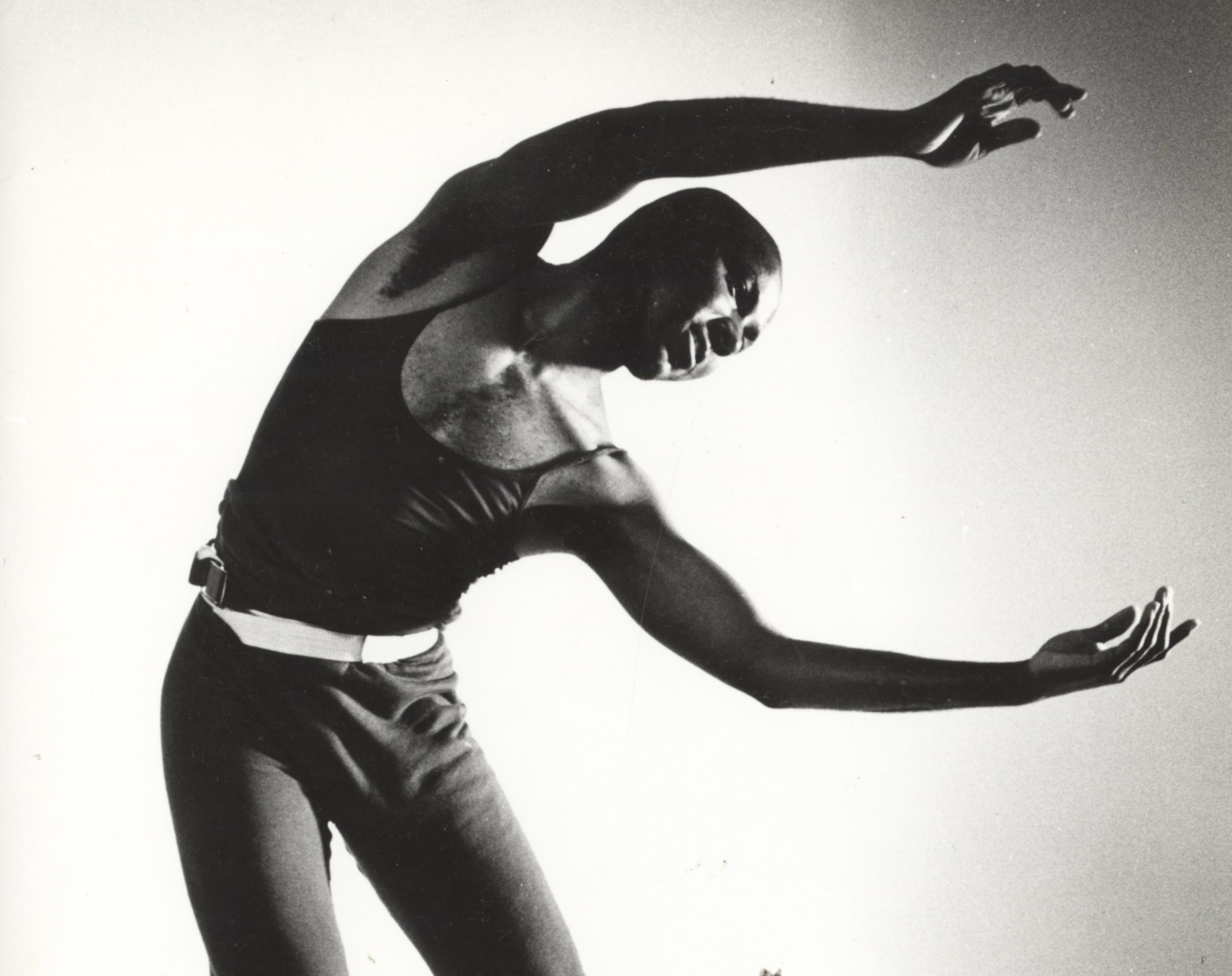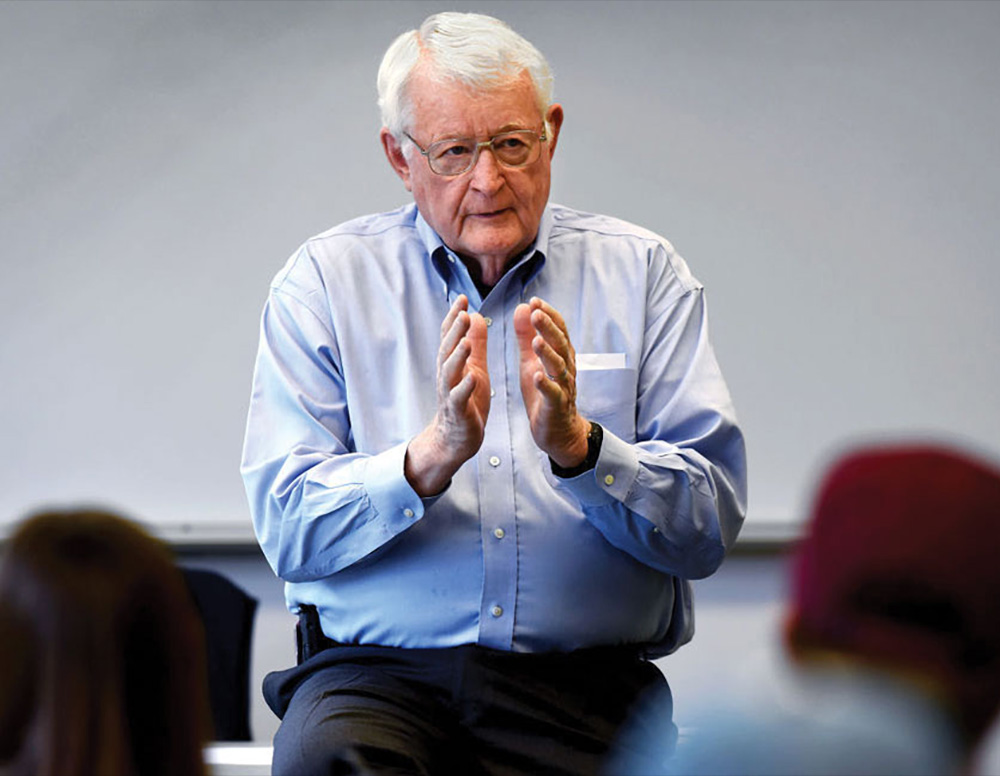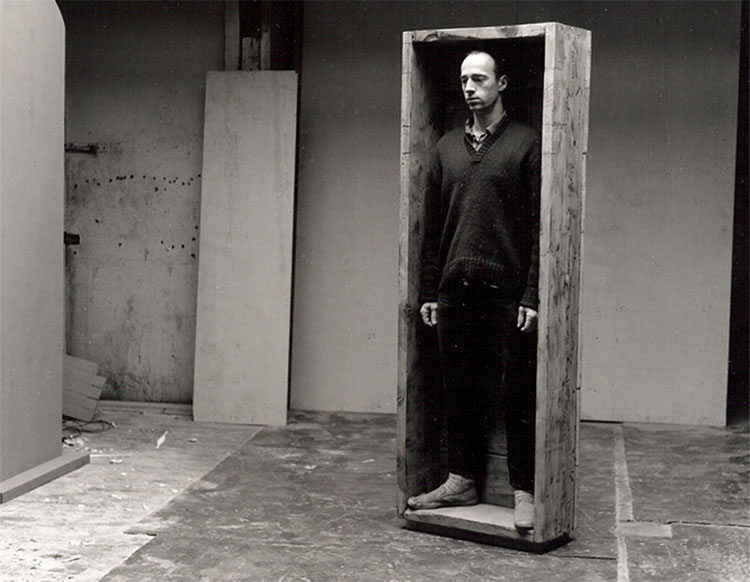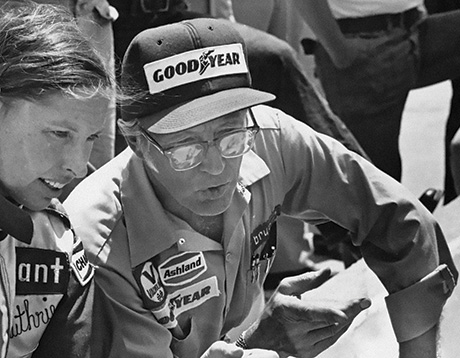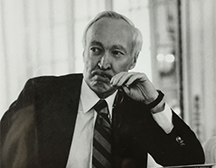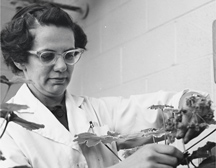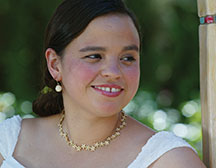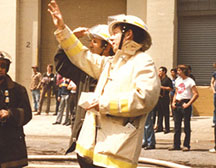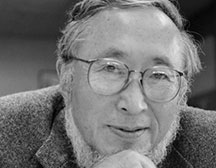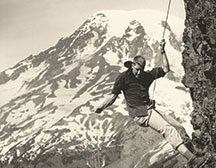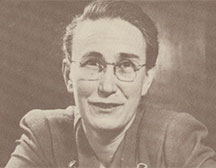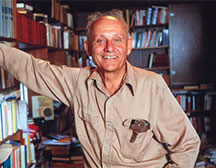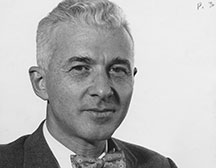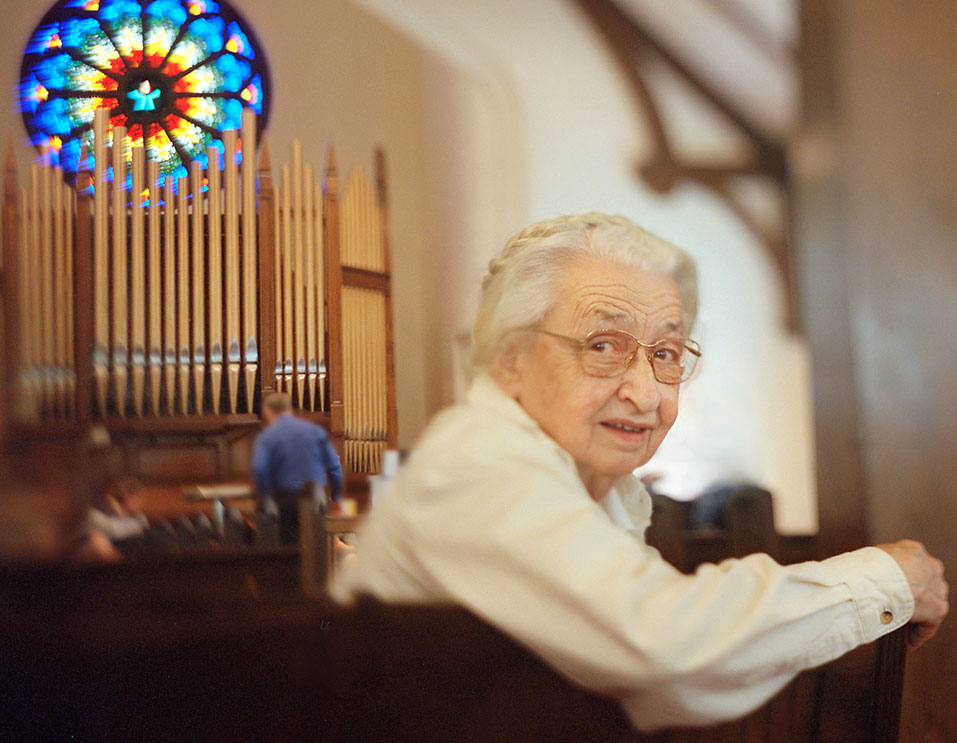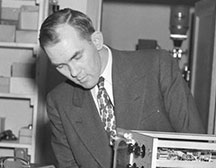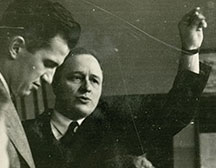Robin Collins Coffee ’51
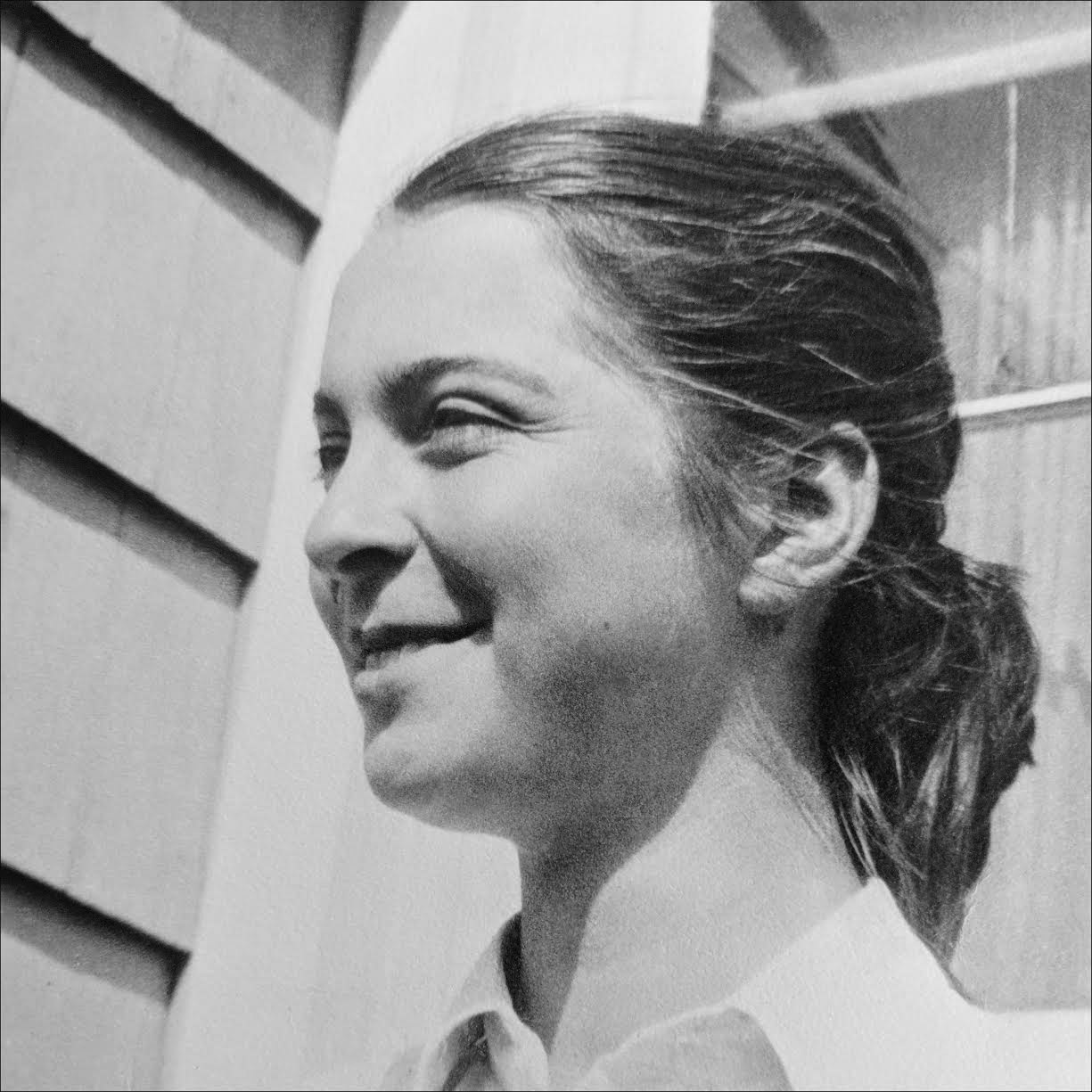
November 25, 2019, in Alameda, California.
Robin was the only child of Lorene Southwell and Grenold Collins, who met at the University of Washington in 1928. Loren dropped out of UW to marry Grenold and moved with him to Alaska, where he thrived, but she did not. The marriage ended in 1932, and Robin did not see her father again until she was nine years old, with only sporadic contact with him thereafter.
With her three-year-old daughter, Robin, Lorene ended up in San Francisco at the height of the Depression with $7 and no prospects. Lorene eked out a living doing any work she could find as a single mother. They lived in a series of small apartments in rough parts of town, their longest residence a tiny rooftop apartment in the Tenderloin, where Robin grew up. She attended the prestigious Lowell High School, where she excelled academically. Bright, funny, and lively with her classmates, she nevertheless took a circuitous route home after school so they would not know the neighborhood where she and her mother lived.
At Reed, Robin flourished both academically and socially, making friends, attracting boyfriends, and becoming involved in many school activities. She was an avid swimmer and took part in the post-WWII explosion of interest in Northwest mountaineering. In 1948 and ’49 she summited Portland’s three “Guardian Peaks”—Mt. St. Helens, Mt. Hood, and Mt. Adams. She climbed Mt. Hood in the company of the future Pulitzer-winning poet Gary Snyder ’51, her boyfriend at the time.
Alice Moss ’52 remembered that when her father drove her to campus and they were moving her things into the dorm room, she saw Gary, dressed in lederhosen with a Tyrolean hat, climbing the side of the Ladd dormitory with a rope and climbing equipment to visit his girlfriend, Robin Collins.
Gary wrote a number of poems about their 1948–’49 relationship, most famously his widely anthologized “Four Poems for Robin” from his 1968 book, The Back Country. Robin was also a muse for Lew Welch ’50, whose first poems were written to her at Reed in 1950. In Lew’s 1977 roman à clef, I, Leo, he portrays her under the fictional name Barbara Small.
During 1949, Robin lived at the legendary “Reed house” at 1414 Southeast Lambert Street while taking a summer dance workshop. She was a reader on the staff of Reed’s literary magazine, Janus, worked on a number of Reed drama productions, and was a life model in art classes for the Portland painter Ed Danielsen.
Robin graduated magna cum laude with a thesis on Flaubert. She won a Fulbright scholarship, which took her to Aix-en-Provence from 1951 to 1953. (Native French speakers often said her French was flawless, and allowed that she knew more ways to swear than they did.)
In the summer of ’52, she traveled in France and Italy with Reed friends Florence Riddle ’51 and Gale Dick ’50. She received her master’s in romance languages from the University of Oregon and then won a fellowship to Radcliffe for graduate work in French and Spanish language and literature. As TA, she taught French to sections of undergraduates at Harvard. She was a professor of Romance languages at Wheaton College in Norton, Massachusetts, and taught briefly at San Francisco State College.
In 1960, she met Clark E. Coffee, an electrical engineer and computer programmer for some of the pioneering companies of Silicon Valley. They wed in 1962, with Clark bringing three young children from his previous marriage. In 1965, Robin and Clark had their own—and only—child, a son, Grenold.
Robin joined Clark in the creation and operation of Graphion, a computer typesetting business that anticipated many of the electronic publishing advances to come. Clark’s innovative engineering and programming, coupled with Robin’s aesthetic and proofreading skills, combined to make Graphion a successful family business until their retirement in 1998.
In 2009, Robin and Clark moved from San Francisco to live with their son Grenold and his family in Alameda. Clark died in 2013 and Robin continued to live at the family home, happily surrounded by her grandchildren. Only in her final year and a half did her health fail, and after struggling with cancer and dementia, she died peacefully with her son at her side two months short of her 90th birthday.
Until the end of her life she was in love with the colors of nature. Finding an interesting leaf on the ground, she would take it home and tape it to the window to glow in the afternoon sun. She always had time for these aesthetic moments, exhorting those around her, her children and grandchildren, to “Look at this flower. No! Look at it!”
Appeared in Reed magazine: March 2020
comments powered by DisqusFrom the Archives: The Lives they Led

Frederick Dushin ’86
Frederick, an architect and software developer, embodied the intellectually adventurous spirit of Reed throughout his life.

William Haden
As acting president of Reed from 1991 to 1992, William “Bill” R. Haden worked to strengthen Reed’s finances and improve alumni relations.

Nancy Horton Bragdon
Reed’s First Lady Whose Warmth and Leadership Were Invaluable During a Turbulent Time

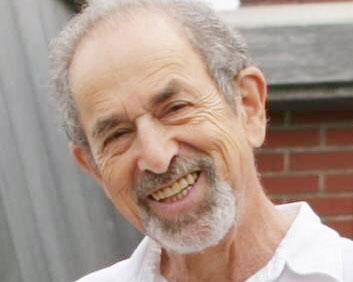

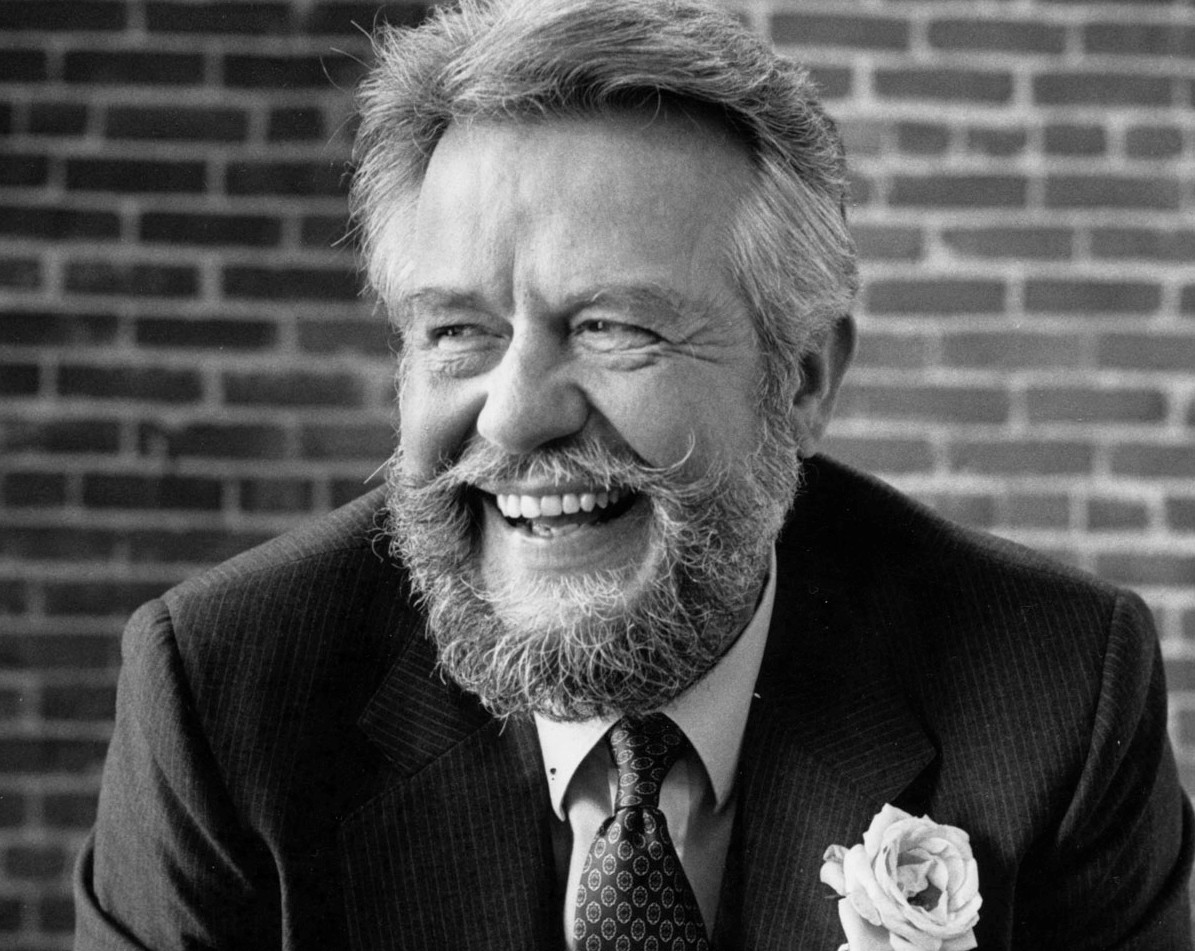

![Photo of Prof. Marvin Levich [philosophy 1953–94]](https://www.reed.edu/reed-magazine/in-memoriam/assets/images/2022/LTL-levich1.jpg)
![Photo of President Paul E. Bragdon [1971–88]](https://www.reed.edu/reed-magazine/in-memoriam/assets/images/2020/Bragdon.jpg)
![Photo of Prof. Edward Barton Segel [history 1973–2011]](https://www.reed.edu/reed-magazine/in-memoriam/assets/images/2020/Segel.jpg)


